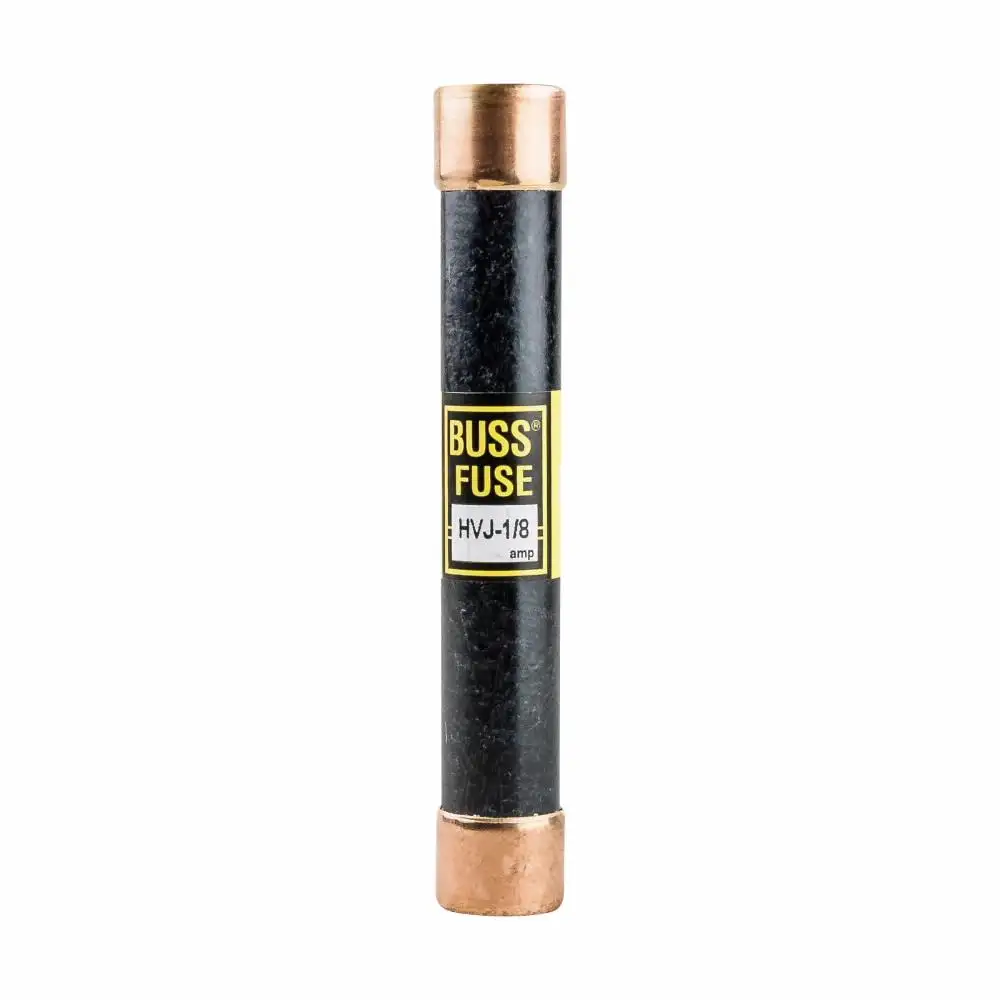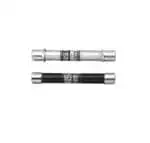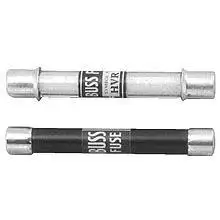Bussmann HVJ-1/8 medium voltage fuse is ideal to safeguard electrical equipment and circuits from overcurrent conditions, including short circuits and faults. This medium voltage fuse averts damage, isolates faulted segments and enhances the overall safety of medium voltage critical applications.
Working Mechanism:
- In the event of an overcurrent condition in the circuit, such as a short circuit or a fault, the current flowing through the fuse exceeds its rated current capacity. This excessive current generates heat in the fuse element.
- As the current rises beyond the fuse's rated capacity, the heat generated by the excessive current causes the fuse element to heat up. Once the heat reaches a critical level, the fuse element melts due to its controlled melting point.
- When the fuse element melts, it creates a gap between the two ends of the element.
- The melting of the fuse element and the subsequent arc interruption open the circuit, isolating the faulted portion of the system from the rest of the circuit and preventing further damage to connected equipment and personnel.
Features:
- Bussmann HVJ-1/8 medium voltage fuse offers holder mounting for secure and convenient installation.
- It has clip termination for simplifying connection and disconnection processes.
- This medium voltage fuse is rated at 125mA for precise protection and is suitable for medium voltage circuit needs.
Frequently Asked Questions:
Q. How do you detect whether a fuse is functioning or not?
A. Position one of the multimeter's probes at one end of the fuse and locate the second probe at the opposite end. If the displayed measurement falls within the range of 0 to 5 ohms, it indicates that the fuse is operational and undamaged.
Q. How do I identify a Bussmann HVJ-1/8 medium voltage fuse?
A. The majority of electronic fuses bear their voltage and amp rating imprinted on the end cap. Visual identification is typically sufficient to determine the fuse type. Moreover, the correct replacement fuse is often indicated in the owner's manuals using generic descriptions.
Q. How to check a live fuse?
A. Position the meter leads on opposing sides of the fuse. If the displayed voltage is minimal or absent, it suggests that the fuse is in proper condition. However, if there exists a discrepancy in voltage (usually corresponding to the entire supply voltage), it indicates that the fuse is faulty.
Q. What is the formula for determining the current rating of a fuse?
A. You can determine the fuse current rating by dividing the power consumption of the appliance by the voltage supplied to the appliance. The formula is I (Amps) = P (Watts) divided by V (Voltage).
 Change Country
Change Country



